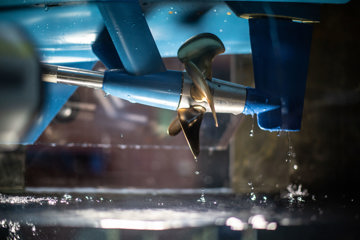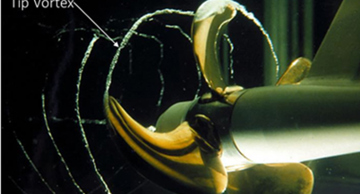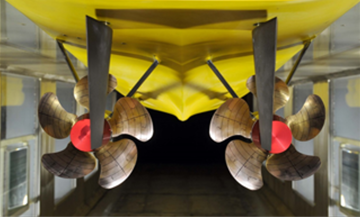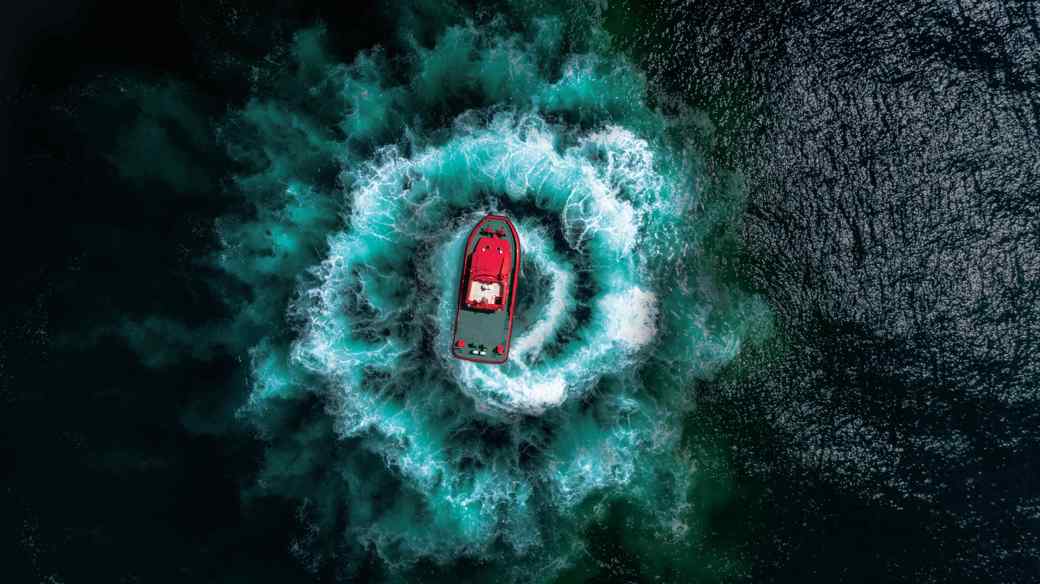
How to reduce underwater noise from shipping
How quiet will commercial vessels need to be in future? For years, Kongsberg researchers have supported oceanographic research ships and navy vessels in their quest for silence. That expertise is becoming more important now that IMO regulations on underwater noise are on the horizon
The International Maritime Organization (IMO) has taken up the cause of underwater radiated noise, potentially creating a new challenge for ship owners and builders. New guidelines on vessel noise designed to protect marine environments may even become standard. Some ports in environmentally sensitive areas, such as Port of Vancouver, Cartagena Port in southern Spain, and Port of Seattle, are considering or already offer incentives to reduce underwater noise.
Concern about underwater noise from the shipping industry has been building for years. In 2008, scientists estimated that ambient noise levels in the ocean had been doubling every ten years, primarily due to commercial shipping. Most of the noise emitted by shipping is below 300 hz - the range that whales, dolphins, fish, and sea turtles communicate and therefore survive.
Lessons on how to reduce underwater noise pollution
Leif Vartdal, a hydrodynamics specialist with Kongsberg Maritime, has been researching how vessels emit underwater noise in his work on reducing cavitation on propellers. In the 1990s, he designed controllable pitch propellers for seismic research vessels, which had strict requirements on eliminating underwater noise. He has also worked on reducing noise from fishing vessels to not scare fish away.
“In principle, all rotating or moving machinery generate noise, and that is transmitted through the hull in various ways"
The largest and often the most common source of noise is the propeller and thrusters, which create noise from the gear meshing, in addition to the hydrodynamically-induced noise. Components in the power electric system such as frequency converters are also a source of noise. These noise sources, Vartdal says, have been a major challenge when reducing noise on research vessels. Even small lubricating pumps can generate noise.
“In principle, all rotating or moving machinery generate noise, and that is transmitted through the hull in various ways,” says Vartdal. “A diesel engine – or any engine in which you have firing pistons in cylinders – creates pressure pulses that are transmitted from the engine and into the hull, which in turn creates structural vibrations that transmit noise radiated into the sea.”
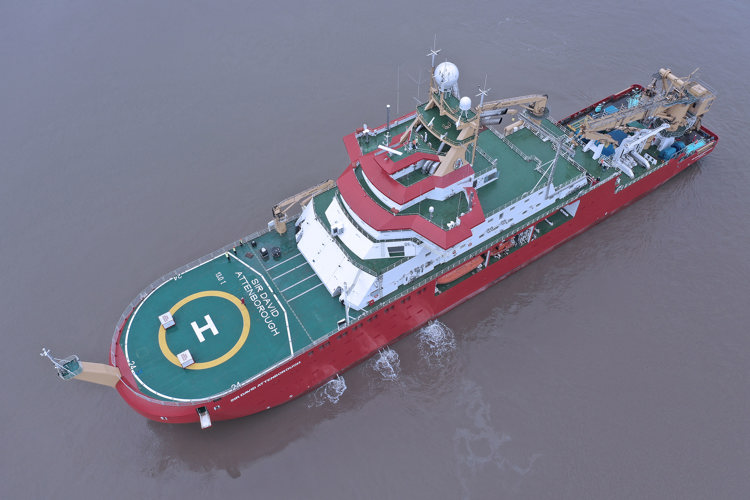
Both seismic research vessels and fishing vessel types need high thrust to tow heavy, in-water seismic equipment and trawling gear. Vartdal says that low propeller noise and high thrust are conflicting criteria – higher thrust generally tends to give more noise. The challenge that Kongsberg Maritime has faced in designing equipment for these types of vessels is creating highly customised, controllable pitch propellers, rudders, and shaftlines that offer both high thrust and low noise.
Vartdal says that naval architects and ship equipment suppliers need to have a “system approach” to a new vessel, ensuring that the hull, machinery, and propeller design are all geared to quietest possible operation. Older vessels can still attempt to reduce noise levels with a reblading or re-propulsion programme, but the aft ship of an existing hull may also need to be reshaped or equipped with flow improving devices to ensure an even (uniform) flow of water to the propeller disc.
“If you have a very nasty inflow – meaning you have variable flow velocities of water into the different sections of the propeller disc – then no matter what you do with the propeller design, it is difficult to avoid cavitation noise,” says Vartdal. He adds that tip vortex cavitation is the type of cavitation that causes broadband noise in the range that is key to sea mammal communication.
From research vessels to cruise ships – the quest for quiet
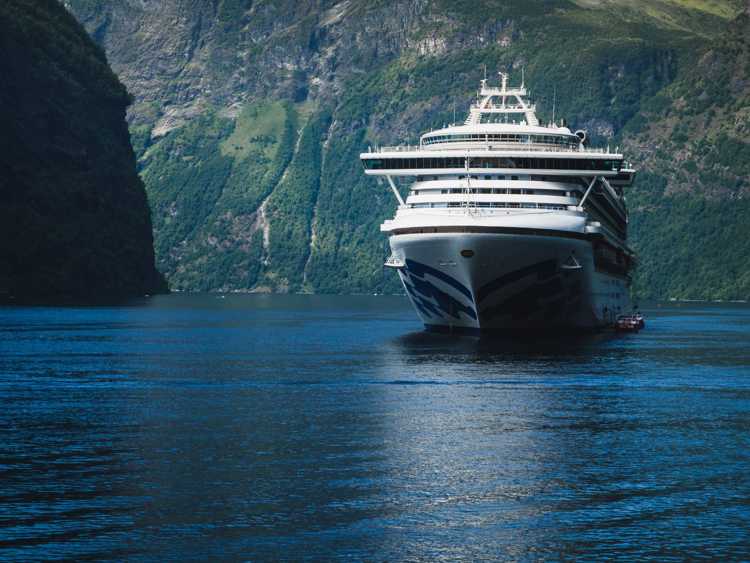
While the effort to reduce underwater noise was once limited to research vessels, fishing vessels, or specialised navy vessels, environmental issues are making underwater noise a topic of growing concern for more vessel segments.
Cruise ship operators are also looking for noise reduction solutions to operate in sensitive areas popular with tourists. Passenger vessels of all types, ranging from offshore windfarm service vessels to ferries, may also benefit from reduced noise, which can also radiate into the vessel.
Class societies already have their own notations for silent running vessels. DNV created the first notation system for underwater noise in 2010 and today, it has five Silent notations for reduced underwater noise. The most stringent is DNV Silent R, which is intended for various types of research vessels. Since then, Lloyd’s Register and RINA launched their own notations to recognise reduced underwater noise.
Kongsberg Maritime has extensive experience in reducing noise from vessels through its work in highly specialised rudder, propeller, thrusters, and hull design. The Kongsberg Hydrodynamic Research Centre participates in projects aimed at designing, testing, and confirming propeller and shaftline systems that achieve the most stringent requirements in cavitation and performance.
That work has also helped research, fishing, naval vessels to reduce their underwater noise, and will likely help a wider range of ships in a quest for quiet.
Find out more:
